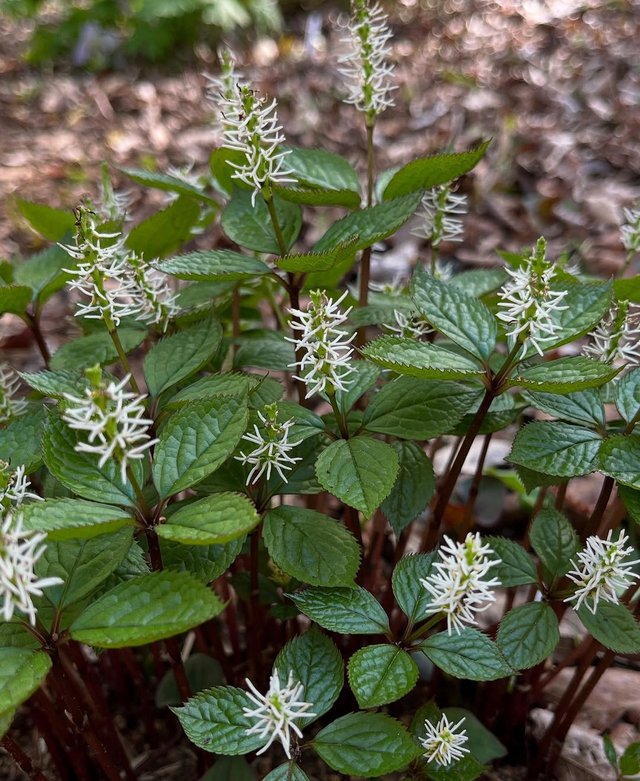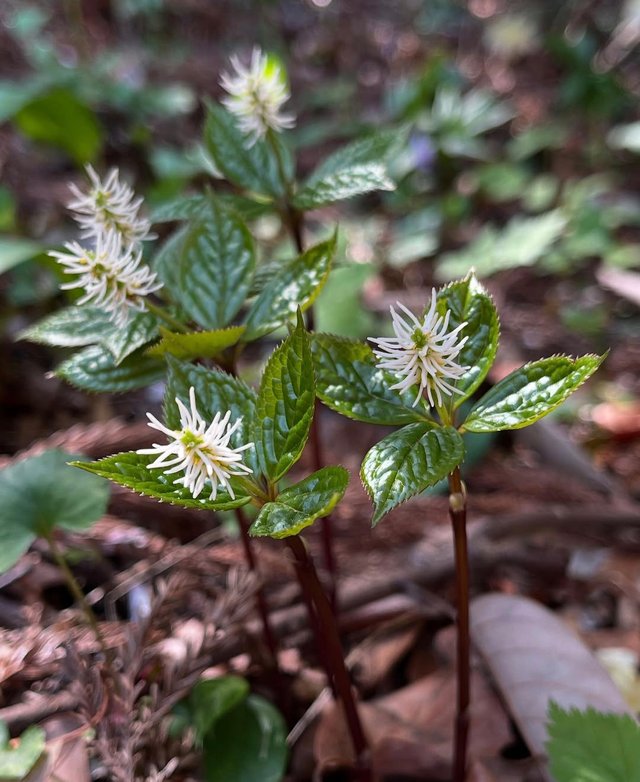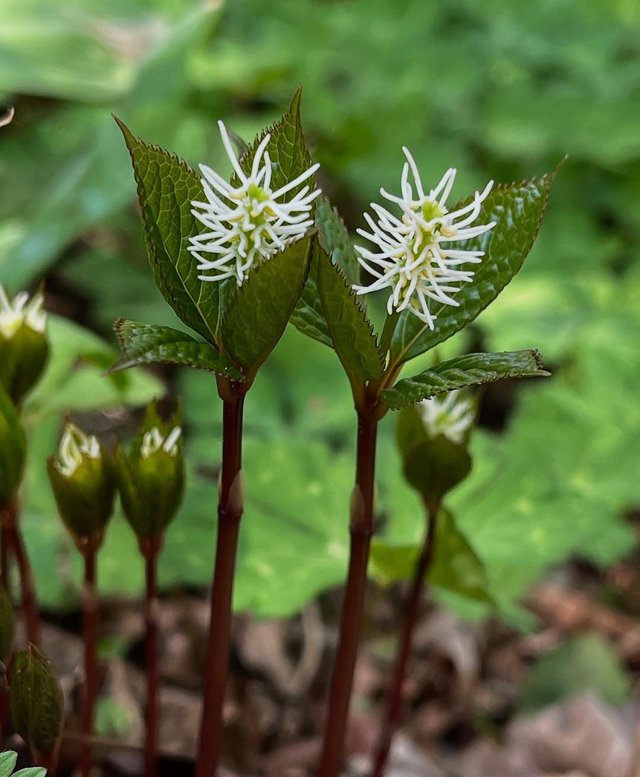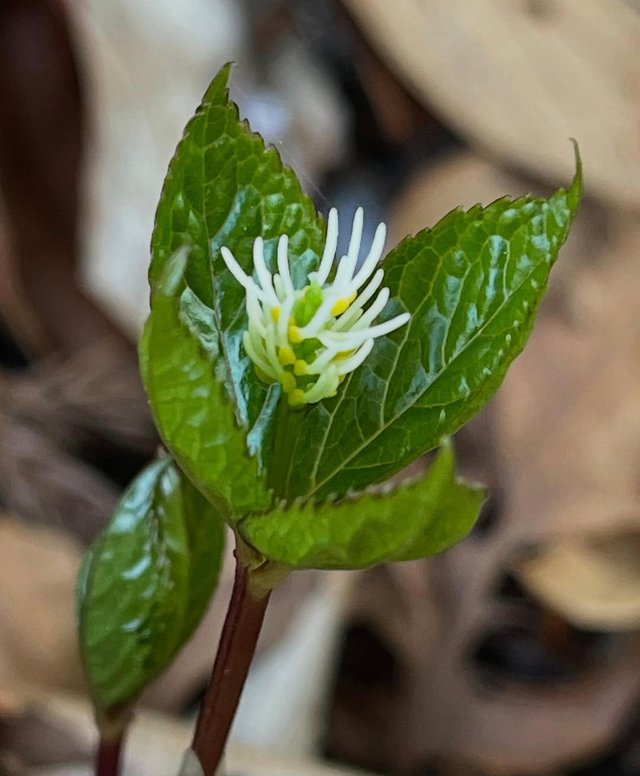Chloranthaceae: Ancient Blooms from the Shadows of Plant Evolution




In the vast and dazzling kingdom of flowering plants, the family Chloranthaceae may not be the most colorful or celebrated. But for botanists, evolutionary biologists, and lovers of rare flora, it holds a unique and quiet allure. Unassuming in appearance but rich in history, the flowers of Chloranthaceae are living relics—offering a glimpse into some of the earliest chapters of angiosperm evolution.Chloranthaceae is a small, primitive family of flowering plants found primarily in tropical and subtropical regions of Asia, the Pacific Islands, and Central and South America. With just a handful of genera—Chloranthus, Sarcandra, Ascarina, and Hedyosmum—this family has fascinated scientists for its deep evolutionary roots.
Paleobotanical evidence suggests that Chloranthaceae may have diverged from other flowering plants over 100 million years ago, during the Cretaceous period. That makes its members among the most ancient angiosperms still living today. Their simple flower structure and unusual genetic traits support the idea that they represent a very early branch of the flowering plant tree.The flowers of Chloranthaceae are striking not for their flamboyance, but for their minimalism. Typically small, green, and lacking petals, they may at first appear insignificant. But this simplicity is part of what makes them so scientifically valuable. Their reduced floral structures challenge traditional ideas of flower evolution and morphology.
Many Chloranthaceae flowers are unisexual and borne in spikes or racemes. They may have only stamens or pistils, often in tight, clustered inflorescences. In species like Chloranthus japonicus, male and female flowers occur on separate spikes, and the plant emits a subtle, earthy scent—one that hints at its understory forest habitat and its appeal to specialized pollinators.Despite their basic appearance, these flowers are adapted to their ecological niches. In some species, the arrangement and timing of flower opening support efficient wind or insect pollination, while others rely on self-pollination to maintain their foothold in shady, competitive forest environments.
Thank you for sharing on steem! I'm witness fuli, and I've given you a free upvote. If you'd like to support me, please consider voting at https://steemitwallet.com/~witnesses 🌟